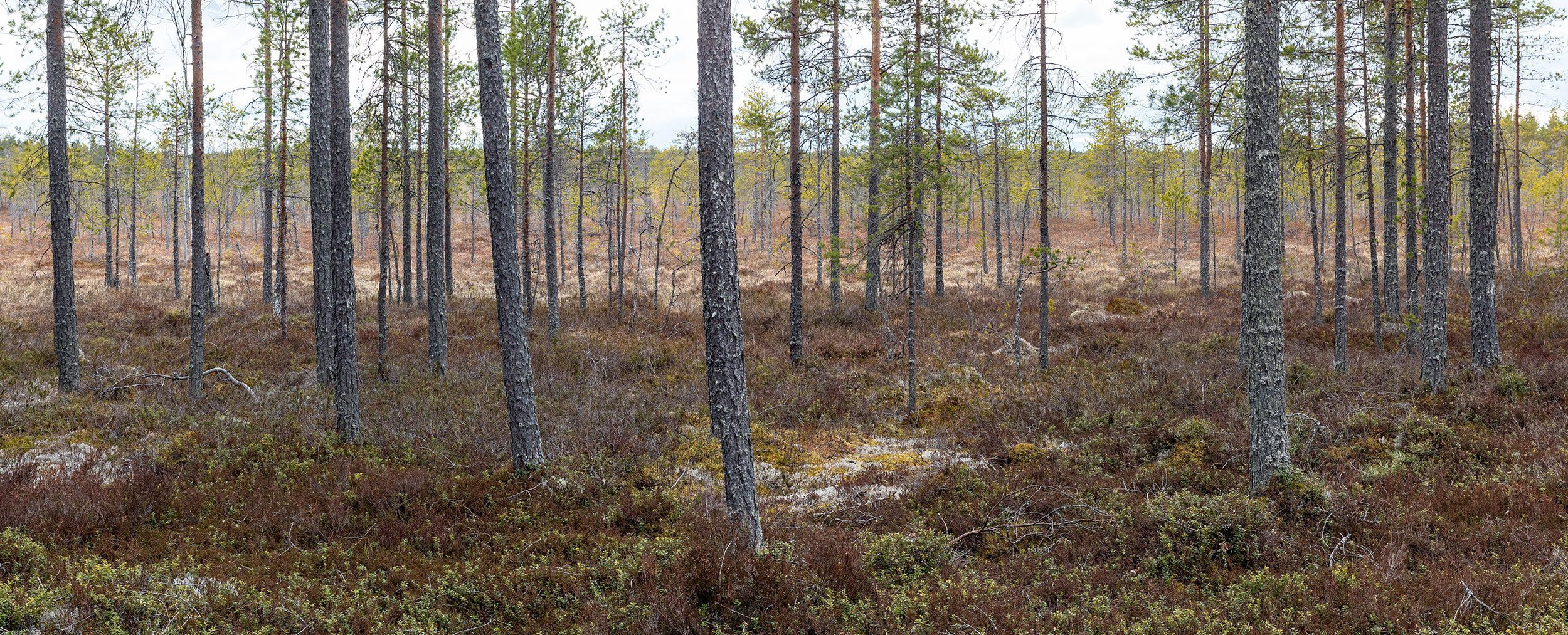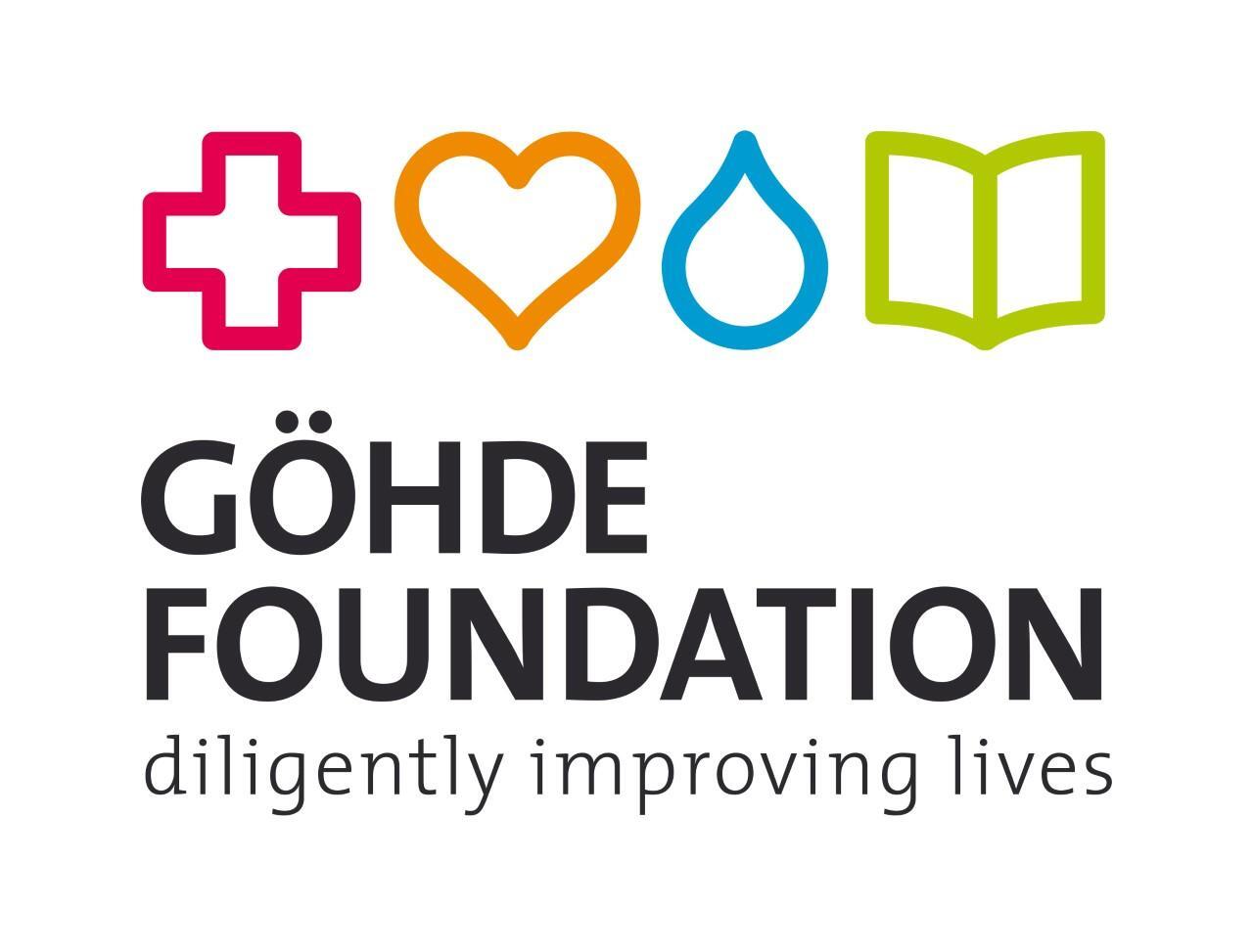Snowchange
24/11/2025
New Previously Unknown Population of Freshwater Mussel Found in Sámi Area
Sámi restoration experts together with Snowchange scientists have uncovered a previously unknown, healthy population of critically endangered freshwater mussel in the Ivalo river catchment in Sápmi.
The discovery is significant as no previous populations have been discovered in the Ivalo river catchment. The inventories conducted pointed to over 700 mussels of young, breeding population. Following guidance from the authorities the exact location of the population is kept hidden.
The find points to a need to consider the impact of industrial land use in the Ivalojoki catchment and further inventories through the range of the river. Industrial logging and associated land uses, gold mining and infrastructure projects cause significant harm for the mussels and their home streams.
Freshwater mussel is a culturally important animal for the Sámi people and it is also one of the longest living in Finland.
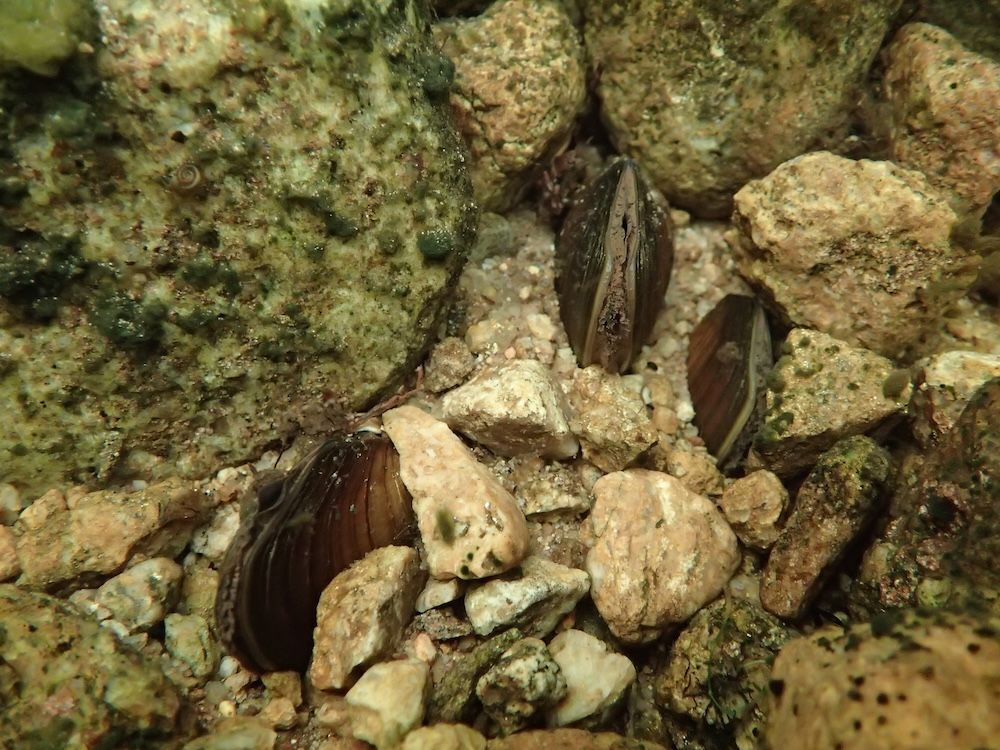
Snowchange
04/11/2025
Whitefish Restoration Has Proceeded in Koitajoki
Over the Autumn several whitefish spawning sites have been cleaned using the traditional river seine. Additionally mother fish support to LUKE has been provided.
Overall restoration in Koitajoki is headed to the end of the season. Karoliina has been leading efforts on the main river to restore whitefish restoration spots and capture mother fish to support the genetic stocks of the endangered whitefish with the Natural Resources Institute Finland.
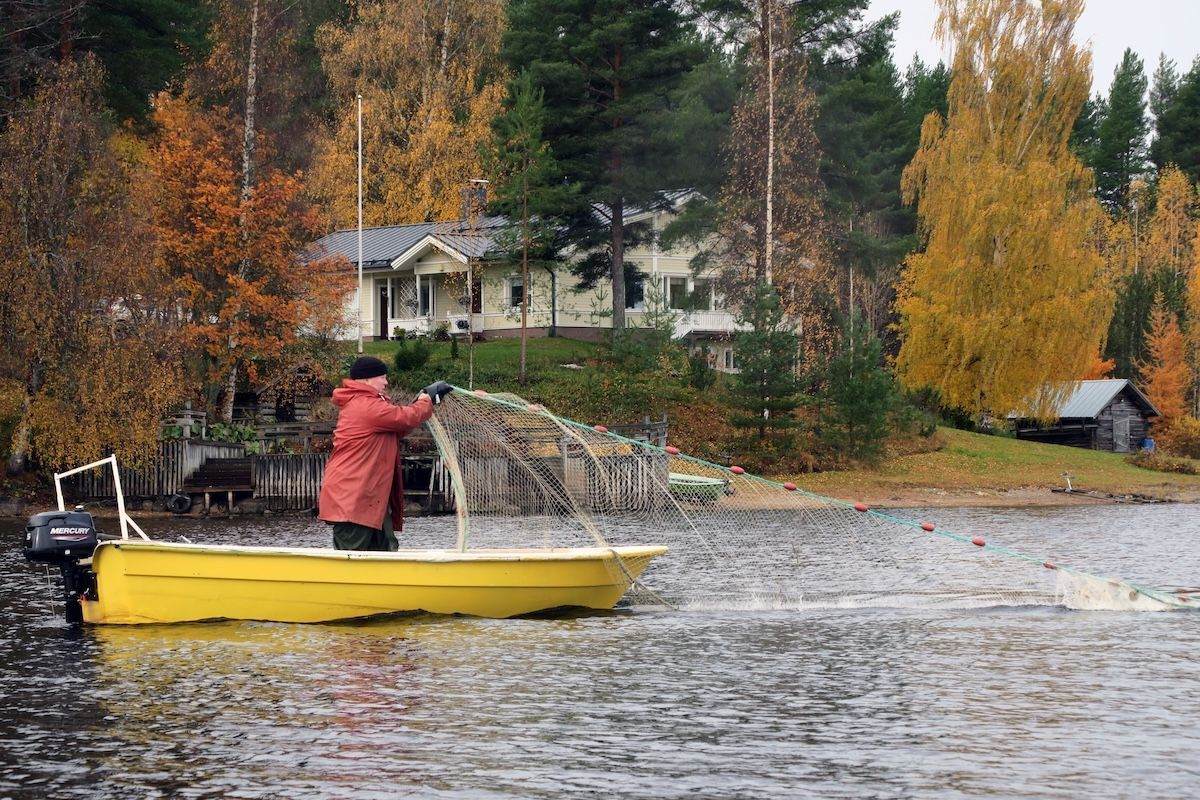
Snowchange
05/10/2025
Climate change puts pressure on reindeer populations, both wild & domestic herds
Mongabay reports on the Snowchange efforts in Sámi home area.
OGF forests and reindeer herding in focus.
https:
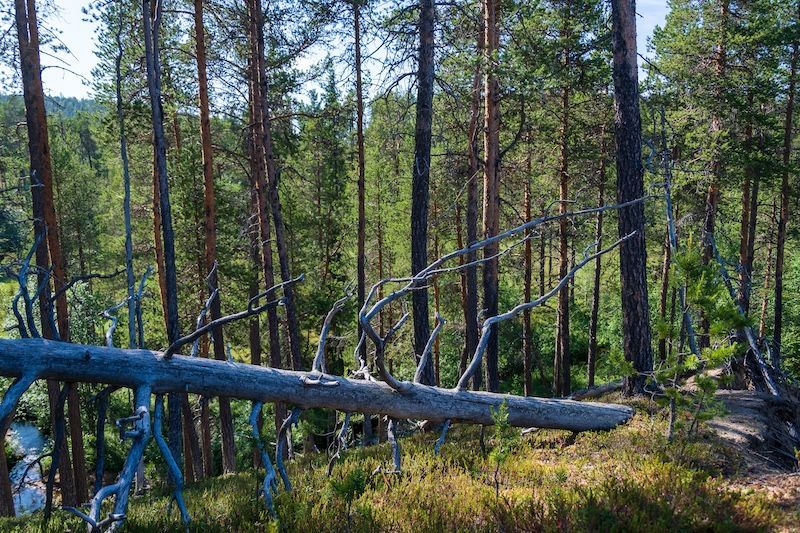
Snowchange
09/09/2025
Sevettijärvi, a Skolt Sámi Lake Restoration Project Concludes
Since decision by the Skolt Sámi Village Council, Snowchange has been restoring the central lake of the Sámi - Sevettijärvi. It suffered from erosion and hydrological problems since 1980s.
The project begun with decisions and planning in 2015-17. Then following licensing 2017-21 the work got under way. Main actions included the Jäniskoski rapids restoration and erosion controls for Kunnanniemi, Martinniemi and Porttiniemi capes. Additionally large scientific activities yielded breakthrough results on microplastics detection, water quality and fish health. Several Sámi from the community worked as co-reseachers and monitoring coordinators.
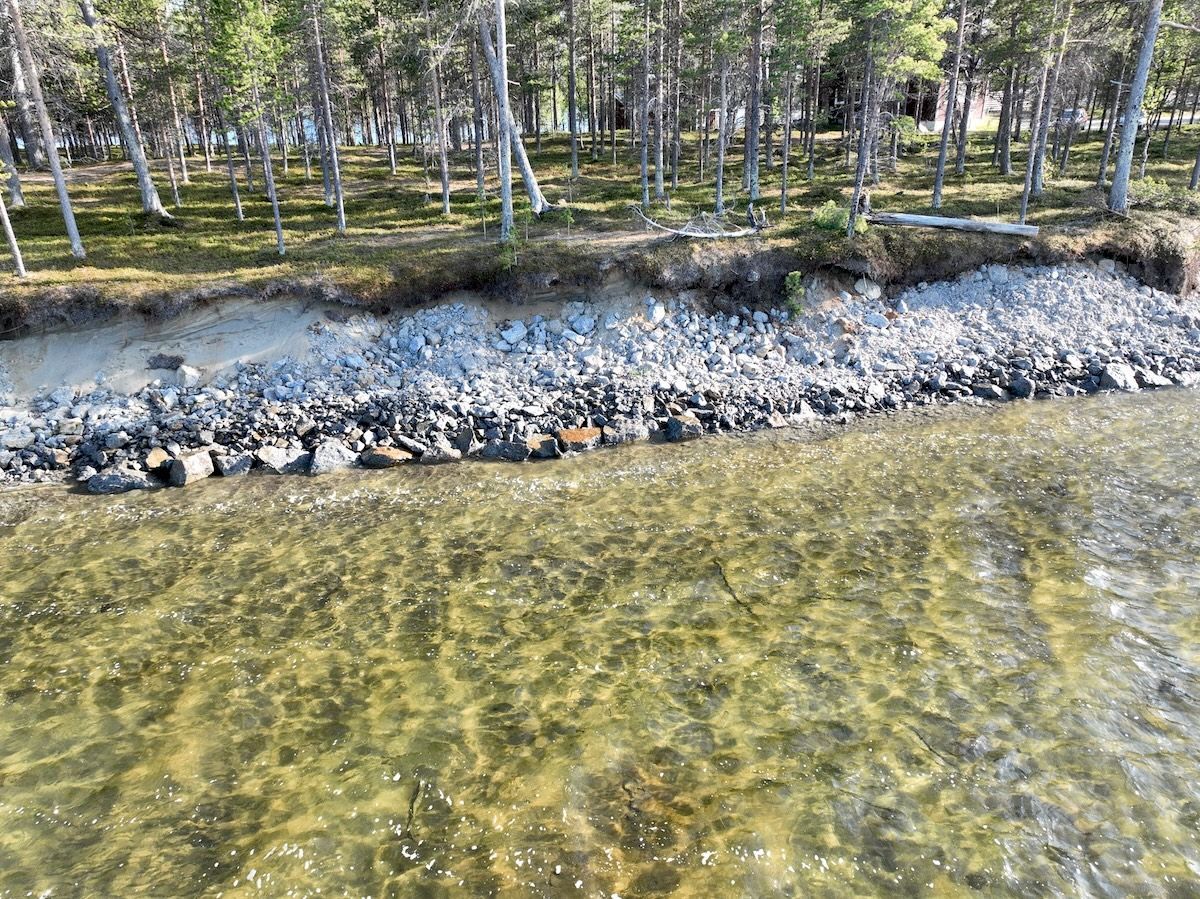
Snowchange
15/08/2025
A New Namesake Site Honors the Lifework of Adjunct Professor, Plant Ecologist Annamari Markkola
Laineensuo, a 26 hectare peatland in North Karelia has been assigned today the namesake site of Adjunct Professor, Plant Ecologist Annamari Markkola due to her long-term commitment to the Finnish nature.
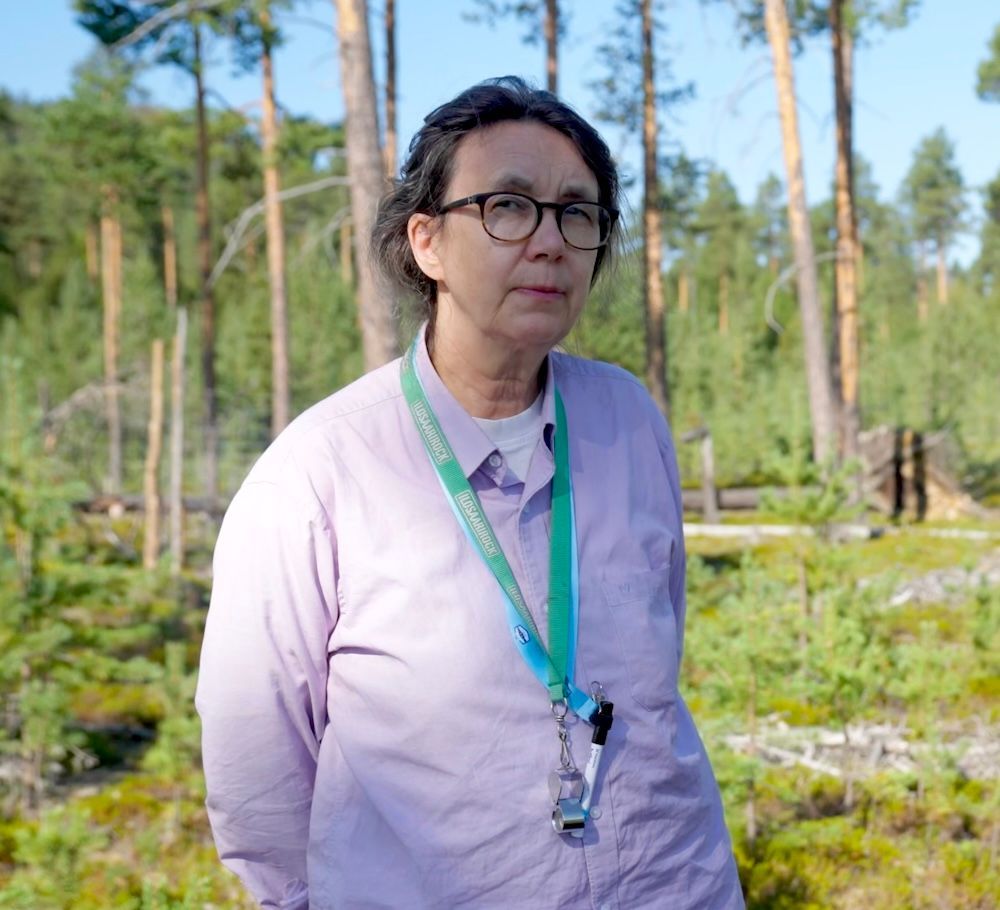
Snowchange
11/08/2025
Brook Lamprey Wilderness Trail in Jukajärvi
City of Joensuu promotes the Snowchange-funded Brook Lamprey Nature Trail in Jukajärvi, North Karelia.
See more in Finnish from the link.
https:

Snowchange
01/08/2025
Makkaralatva-aapa Restored
Makkaralatva-aapa, one of the sites of the Climate Breakthrough initiative, has been now fully restored. It totals 330 hectares in Ranua, Finland.
Makkaralatva-aapa is an aapa mire located close to the Arctic Circle in Finland. It is a biodiverse and important landscape-level ecosystem that has been now fully restored. There was some ditching on the Western, Southern and Eastern parts of the peatland despite preserving large integrity. Henri Leskinen, a Snowchange restoration specialist, worked and restored the sine from June to July.
The peatland represents also a very important extension to the Litokaira protected area of 330,000 ha as it is next to this Nature 2000 site.
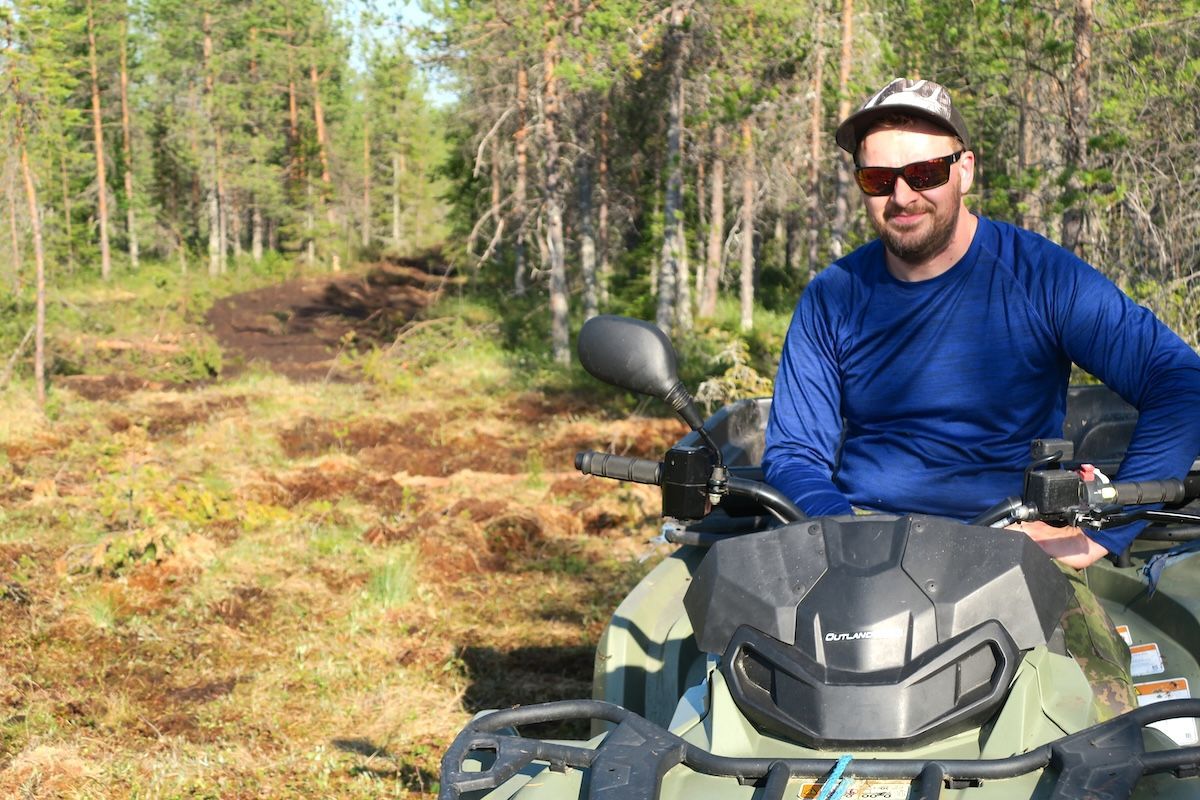
Snowchange
06/07/2025
Helsingin Sanomat Newspaper has a major Report on Koitajoki
Hs reports on the Koitajoki rewilding and cultural heritage work (in Finnish). Link below.
https:
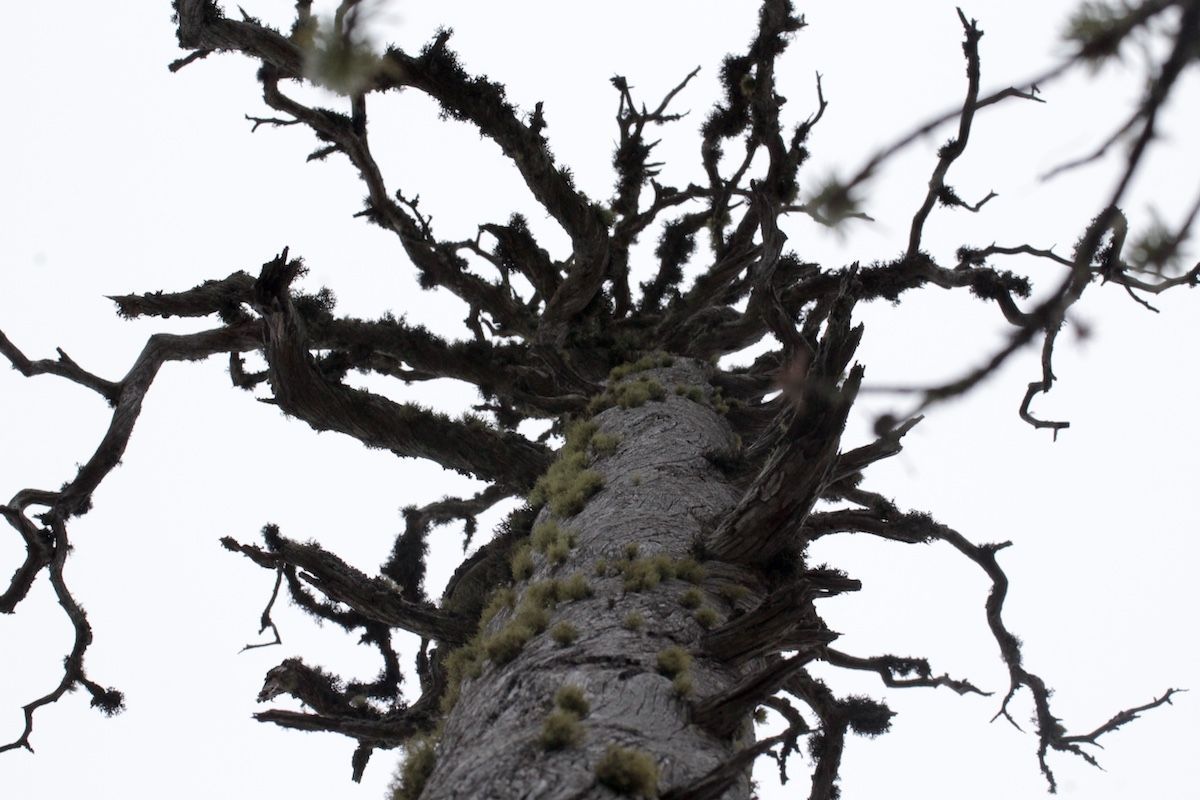
Snowchange
02/07/2025
Major Funding for Wild Forest Reindeer in Finland
Finland has secured substantial EU LIFE funding to support the conservation and population management of the Finnish wild forest reindeer (Rangifer tarandus fennicus), a native subspecies of the circumpolarly distributed reindeer. The seven-year project, LIFEline4Fennicus, aims to strengthen the long-term viability of the population through targeted conservation measures.
Starting in 2026, the project builds on the updated conservation and management plan for the wild forest reindeer and continues the work of the earlier WildForestReideerLIFE project, which concluded in 2023. The new project introduces a wide range of conservation actions to safeguard the future of this forest dwelling subspecies.
“The backbone of the project consists of reinforcements in Lauhanvuori and Seitseminen National Parks and a reintroduction in Tiilikkajärvi National Park. Reinforcements support the existing population, while reintroduction brings the species back to its former range”, says Milla Niemi, senior specialist at Metsähallitus and lead author of the funding proposal.
“We will also continue and expand our collaboration with reindeer herding cooperatives to protect the genetic integrity of the wild forest reindeer, improve our understanding of its habitat use, and restore extensive areas of suitable habitat in preparation for its possible later return to North Karelia,” she adds.
In addition to proven methods, the project will also pioneer new approaches. These include the development of assisted reproductive technologies for the wild forest reindeer and the biobanking of genetic material.
“This will help maintain the genetic diversity of the captive population and ensure the availability of suitable founder individuals for future reinforcements and reintroductions,” Niemi explains. The new techniques will also provide important safeguards in the event of a sudden population decline, such as one caused by a disease outbreak.
The wild forest reindeer once ranged widely across Finland and was found throughout the country as recently as the 17th century. By the 1920s, however, it had been hunted to extinction within national borders. A natural recovery began in the 1950s, enabled by a remnant population that had survived just across the eastern border. Today, the subspecies occurs in Finland and parts of northwestern Russia. The total global population is estimated at around 5,000 individuals, with approximately 3,000 living in Finland, where the main threats to the species include habitat fragmentation, predation by large carnivores, and traffic. In Russia, poaching has been a serious concern.
The LIFEline4Fennicus project is coordinated by Metsähallitus, Parks & Wildlife Finland. Project partners include the Natural Resources Institute Finland, Snowchange Cooperative, Korkeasaari Zoo, and Ranua Wildlife Park. In addition to the EU LIFE Programme, the project is supported by the Finnish Ministry of Agriculture and Forestry, the Ministry of the Environment, the European Wildlife Comeback Fund, the Raija and Ossi Tuuliainen Foundation, and the participating organisations themselves. The total budget is approximately EUR 9.55 million, of which 60 % is covered by EU funding.
The LIFE Programme is the European Union’s funding instrument for the environment and climate action. It supports nature conservation projects and the implementation of EU environmental policy.
https:

Snowchange
30/06/2025
Ilvesmaa-Leväkangas is Central to Regional Biodiversity
One of the highlights of the year so far is the Siikajoki natural forests and peatlands complex – Ilvesmaa and Leväkangas. They are located in northwestern Finland and constitute some of the only natural intact landscape-level sites in the region of Northern Ostrobothia.
Ilvesmaa-Leväkangas natural forests and peatlands are approximately 100 hectares total area. Whilst some logging has taken place in recent decades, these sites have preserved much of their natural characteristics. They are currently inventoried for species and ecosystem types.
They constitute a very important regional natural intact landscape-level sites in Siikajoki and are therefore of vital importance in the area of North Ostrobothia.
